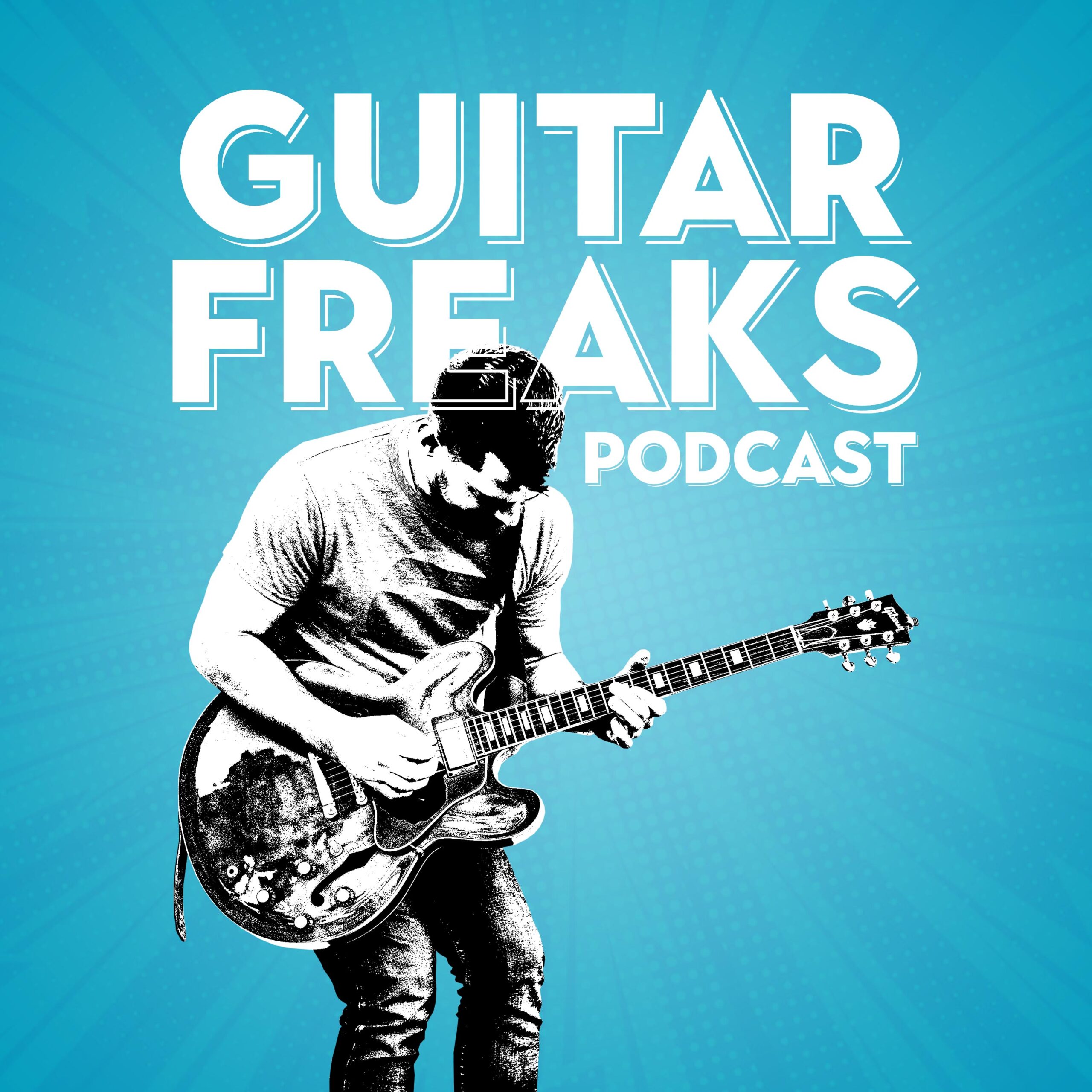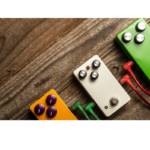Few guitarists in history have left as profound a mark on music as Eric Clapton. Known as “Slowhand,” Eric Clapton songs are synonymous with emotional depth, technical mastery, and timeless tone. Whether it’s his searing solos, heartfelt melodies, or the unmistakable touch he brings to every note, Clapton is a guitarist every player can learn from.
In this guide, we’ll explore the best Eric Clapton songs to learn on guitar, dive into his unique playing style, and examine the gear that helped shape his sound. By the end, you’ll not only have a list of iconic tracks to tackle but also a deeper appreciation for what makes Clapton’s guitar work so legendary.
Eric Clapton’s Playing Style: What Sets Him Apart
Before we dive into the songs, let’s talk about what makes Clapton’s playing so iconic.
1. A Master of Melody and Emotion
Clapton’s solos aren’t just technical exercises—they’re mini-symphonies, each note carefully chosen for its melodic value. His ability to convey emotion is unmatched, whether he’s delivering the sorrow of Tears in Heaven or the fiery passion of Crossroads.
2. Precision Meets Feel
Clapton’s nickname, “Slowhand,” reflects his clean and deliberate approach to playing. His phrasing is precise, but his touch is soulful, blending technical proficiency with raw emotion.
3. The Blues as a Foundation
At his core, Clapton is a blues guitarist. His deep reverence for blues legends like B.B. King, Freddie King, and Robert Johnson informs much of his playing. Clapton often uses the pentatonic and blues scales, weaving them into both straightforward blues tracks and pop-leaning hits.
4. Fingerstyle and Hybrid Picking
Clapton’s acoustic work often showcases his fingerstyle technique, particularly on songs like Tears in Heaven and Layla (Unplugged). On electric, he frequently employs hybrid picking (using both a pick and fingers), allowing for greater dynamic control.

Download The FretDeck & Pentatonic Secrets Course!
Download Our Course
Eric Clapton’s Gear: A Blueprint for Tone
Clapton’s tone has evolved over the decades, but a few key elements have remained consistent.
Guitars
- Fender Stratocaster (“Blackie” and “Brownie”):
Clapton’s favorite guitar for much of his career has been the Fender Stratocaster. His iconic “Blackie,” a custom-built Strat assembled from three vintage guitars, was a staple of his sound in the 1970s and 1980s. - Gibson Les Paul:
Early in his career, Clapton used a 1960 Les Paul Standard, particularly during his time with John Mayall & the Bluesbreakers. This guitar produced the thick, creamy tone heard on tracks like Hideaway. - Martin Acoustic Guitars:
Clapton has frequently turned to Martin acoustics for unplugged performances. His Martin 000-42 was famously used on the MTV Unplugged recording.
Amplifiers
- Marshall Plexi:
Clapton’s “Beano” tone, heard on the Bluesbreakers album, was achieved using a Marshall Bluesbreaker combo amp. The cranked-up Plexi defined the British blues-rock sound of the 1960s. - Fender Tweed Amps:
In later years, Clapton has favored Fender amps for their warm, clean tones.
Effects
Clapton is known for his minimalist approach to effects. While he occasionally uses a wah pedal (famously on White Room), his tone relies more on amp overdrive and his touch.
For more about Clapton’s gear, check out Reverb’s guide to Eric Clapton’s guitars and amps.
The Best Eric Clapton Songs to Learn on Guitar
Now that we’ve covered Clapton’s style and gear, let’s dive into the songs. Each of these tracks offers valuable lessons in technique, tone, and phrasing.
1. Layla (Acoustic and Electric Versions)
- Why It’s Great:
The acoustic version from MTV Unplugged showcases Clapton’s fingerstyle mastery and melodic phrasing, while the electric version captures the raw power of his blues-rock era with Derek and the Dominos. - Skills to Learn:
- Fingerpicking (acoustic version).
- Slide guitar (electric version).
- Melodic soloing.
For tips on fingerstyle technique, check out this guide to acoustic guitar essentials.
2. Tears in Heaven
- Why It’s Great:
One of Clapton’s most emotionally powerful songs, Tears in Heaven features intricate fingerpicking patterns and beautifully crafted chord progressions. - Skills to Learn:
- Fingerstyle picking.
- Playing with dynamics and emotion.
3. Crossroads
- Why It’s Great:
Clapton’s rendition of Robert Johnson’s classic is a showcase of fiery blues improvisation. It’s a must-learn for anyone exploring Clapton’s blues roots. - Skills to Learn:
- Blues licks and phrasing.
- Pentatonic scale patterns.
For a deep dive into the pentatonic scale, check out the FretDeck Pentatonic Mastery Deck, designed to help you master improvisation in all 12 keys.
4. Wonderful Tonight
- Why It’s Great:
This ballad is a masterclass in simplicity and feel. Clapton’s slow, melodic solos and the iconic intro riff are great for developing phrasing and vibrato. - Skills to Learn:
- Vibrato control.
- Melodic soloing with fewer notes.
5. Sunshine of Your Love
- Why It’s Great:
A classic Cream track, Sunshine of Your Love features one of the most recognizable riffs in rock history. Clapton’s solo blends blues and psychedelic rock influences. - Skills to Learn:
- Power chords.
- Improvisation in the Dorian mode.
For more on modes and how to incorporate them into your playing, check out this guide to modes for beginners.
6. I Shot the Sheriff
- Why It’s Great:
Clapton’s reggae-inspired hit is a fantastic example of rhythmic strumming and chord embellishments. - Skills to Learn:
- Reggae-style strumming patterns.
- Incorporating fills into rhythm playing.
7. Bell Bottom Blues
- Why It’s Great:
This track from Derek and the Dominos showcases Clapton’s ability to blend soulful melodies with blues-inspired riffs. - Skills to Learn:
- Slow, expressive bends.
- Incorporating vocal-like phrasing into solos.
How to Approach Learning Eric Clapton Songs
1. Focus on Phrasing
Clapton’s playing is all about phrasing. When learning his solos, pay close attention to how he spaces notes and uses vibrato to give each phrase its own voice.
2. Play with Dynamics
Clapton’s mastery of dynamics is one of his defining traits. Practice playing softly and building intensity within a single phrase to capture his feel.
3. Use Minimal Effects
Clapton’s tone comes from his hands and his gear, not a pedalboard full of effects. Stick to clean or lightly overdriven tones when learning his songs.
4. Practice Slow and Steady
Clapton’s nickname “Slowhand” reflects his focus on clarity and precision. Don’t rush—practice each lick and riff slowly to ensure every note is clean.
Dive Deeper into Eric Clapton Songs & World
Learning Clapton’s songs isn’t just about mastering the notes—it’s about connecting with the emotion behind them. For more resources, check out:
- Clapton’s Official Website for his latest music and projects.
- Fender’s Guide to Clapton’s Gear.
- The Guitar Freaks Hangout on Discord, where you can share your progress, get tips, and connect with fellow Clapton fans.
Call to Action
Ready to dive into Clapton’s music and make his timeless techniques your own? Start with one of these iconic songs, and don’t forget to join the Guitar Freaks Hangout on Discord. It’s the perfect place to share your journey, connect with other players, and explore the legacy of Eric Clapton together.
If you enjoyed this post, check out our guide to The Top 5 Stevie Ray Vaughan Songs Every Guitarist Should Learn. Explore his fiery blues style and add some Texas soul to your playing.”

Download The FretDeck & Pentatonic Secrets Course!
Download Our Course










